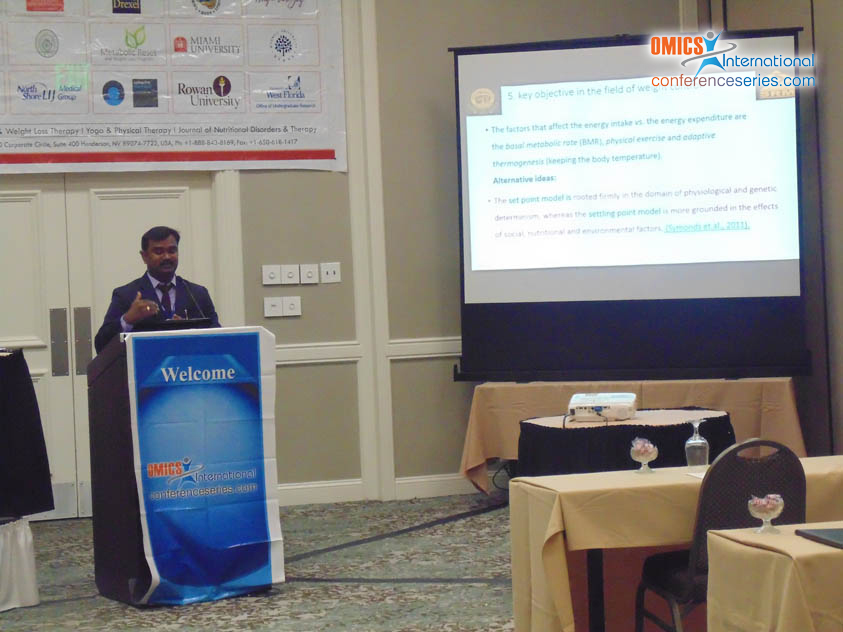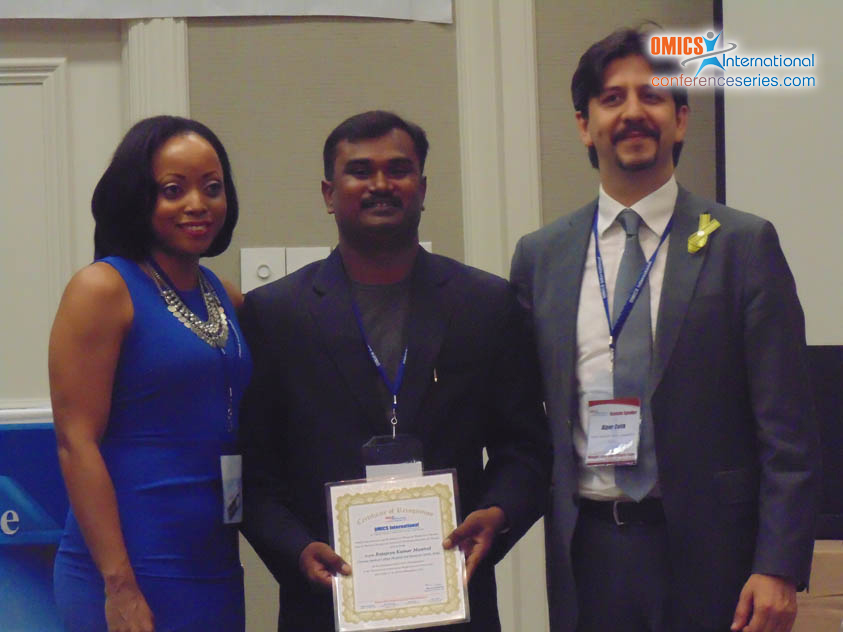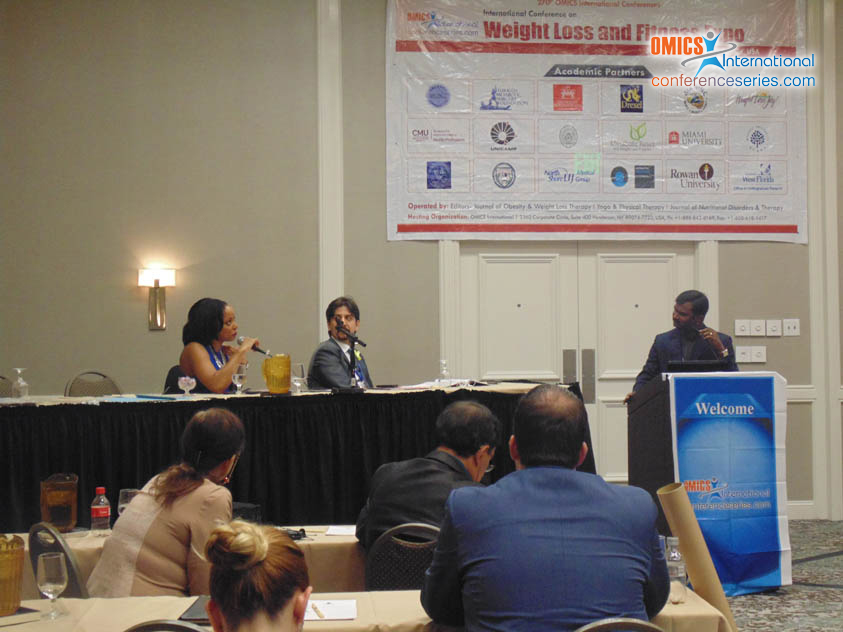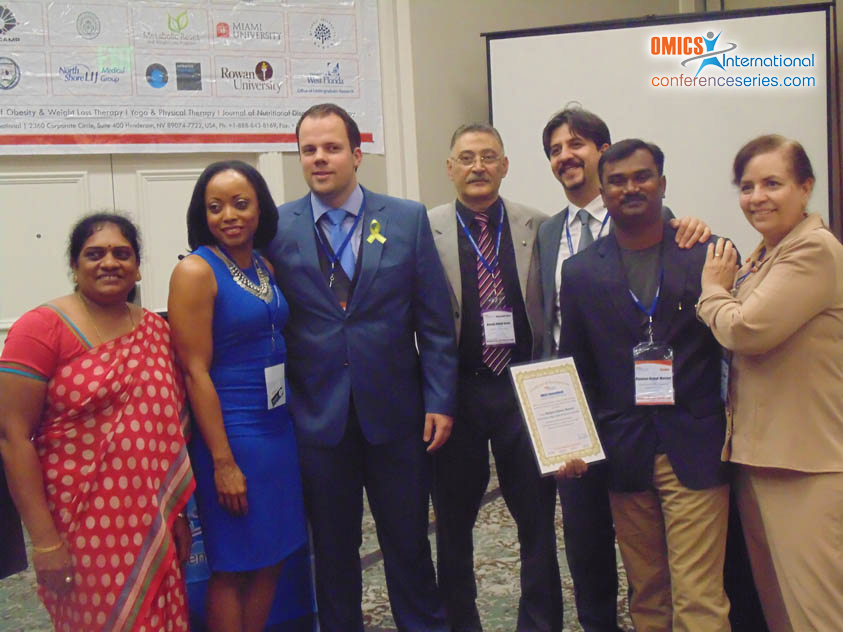
Rajajeyakumar Manivel
Chennai Medical College Hospital and Research Centre, India
Title: Effect of yoga type of breathing on R-R interval variability and sympatho-vagal balance: Early interventions to prevent the future risk of obesity related complications
Biography
Biography: Rajajeyakumar Manivel
Abstract
The prevalence and severity of obesity are increasing worldwide, especially in India and other South Asian countries. Obesity increases cardiovascular morbidity and mortality risk through insulin resistance, dyslipidemia, hypertension, metabolic syndrome, diabetes etc. In recent years, Heart Rate Variability (HRV) is a simple method to evaluate the sympathovagal balance at the Sino-atrial level. Th e balance was changed in favor of sympathetic activity and vagal activity was decreased in obesity. Low HRV is associated withan increased risk of coronary heart disease and sudden cardiac death. Time domain analysis of HRV uses statistical methods to quantify the diff erences between successive R-R intervals. Frequency domain analysis of HRV calculates the respiratory dependent High Frequency (HF) and the Low Frequency (LF) powers. High frequency power is mediated by vagal activity while low frequency power has been suggested to represent both sympathetic and parasympathetic activity but predominantly sympathetic modulation. Where as LF/HF ratios refl ect the mirror images of sympathovagal balance.Yoga is an ancient discipline designed to bring balance and health to the physical, mental, emotional and spiritual dimensions of the individual. Th ese techniques act through down-regulation of the Hypothalamic–Pituitary–Adrenal (HPA) axis and the Sympathetic Nervous System (SNS). Early detection and management by weight reduction and regular exercise can reduced the risk and increase HRV. Th is analysis can detect changes even before clinical signs appear. Th us regular assessment of HRV measures can be used asa biomarker for early detection and subsequent management of cardiovascular diseases in obese individuals





